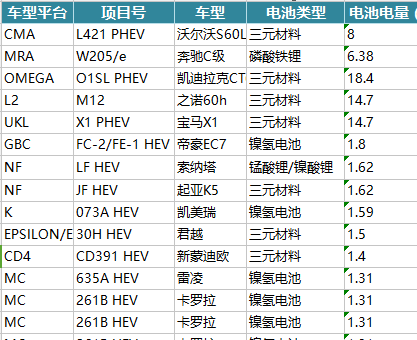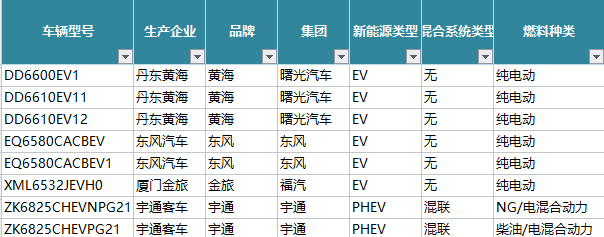In recent years, the increasing number of electric vehicle accidents caused by power battery failures has led to stricter requirements from battery manufacturers in research and development, quality assurance, and production consistency. As the new energy vehicle industry continues to grow globally, the power battery—being a core component—has become central to its development. The upstream and downstream supply chains, along with suppliers and markets, have gained greater visibility as they adapt to the rising demand for electric vehicles. However, there are ongoing debates around technical issues such as key raw materials, cost efficiency, battery capacity, safety, and longevity.

At the same time, the government has introduced various policies to guide and regulate the industry's healthy growth. For example, regulations on electric vehicle driving range and battery standards have significantly boosted the overall competitiveness of local new energy car and battery manufacturers.
Lithium iron phosphate (LFP) and ternary materials are currently the dominant types used in China’s power batteries. The Ministry of Industry and Information Technology’s decision to temporarily exclude three-element lithium batteries from the list of recommended models for new energy vehicles has created challenges for some manufacturers. However, in the passenger vehicle sector, companies like BYD, which have traditionally used LFP batteries, are now beginning to recognize the advantages of ternary batteries in terms of energy density.

According to sales data from the Gasgoo Automotive Research Institute, in the Chinese market, 169 models use ternary materials for passenger cars, while only 22 models use lithium iron phosphate. There are also six models using nickel-metal hydride batteries, and several others using lithium manganate, lithium nickelate, and composite materials. This clearly shows that high-energy-density ternary lithium batteries have become the mainstream direction in the passenger vehicle segment.

In contrast, there are 356 models using lithium iron phosphate batteries, 110 using lithium manganese, 18 using lithium iron phosphate/super capacitors, one using lithium manganate/super capacitors, and 21 using lithium titanate. Additionally, there are five other models using nickel-metal hydride batteries and two using fuel cells. Notably, eight passenger car models still use three-element lithium batteries. According to the supporting output data for new energy vehicle sales, these eight models had single-digit production in the first five months of this year, but in June, six models reached 297 units. In July, four models totaled 122 units, and in August and September, only one model produced 21 units. This indicates that the ban on three-element lithium batteries in passenger cars is not being widely implemented.

As foreign battery giants aimed to enter China’s largest new energy vehicle market, the Ministry of Industry and Information Technology’s regulations became a significant barrier. These rules linked battery manufacturers with subsidies for new energy vehicles, making it difficult for foreign companies to gain access. As a result, most new energy models sold in China are equipped with domestic batteries. According to the Gasgoo Automotive Research Institute’s data, only 11 joint-venture models are fitted with foreign power batteries.
After the 19th National Congress, the government placed even more emphasis on the new energy vehicle industry. Various policies were introduced to promote the growth of independent new energy companies. Key components have become the focal point of competition, and the industry landscape is becoming increasingly intense.
Author: Xu Lei
Tape Wrapping Machine,Wire Wrapping Machine,Box Wrapping Machine,Bottle Wrapping Machine
Kunshan Bolun Automation Equipment Co., Ltd , https://www.bolunmachinery.com